Active
The latest Active breaking news, comment, reviews and features from the experts at T3
Explore Active
-

Yeti’s new Rambler Travel Bottle has just solved the biggest issue with water bottles
Plus, it comes in brand new summer colourways
By Bryony Firth-Bernard Published
-
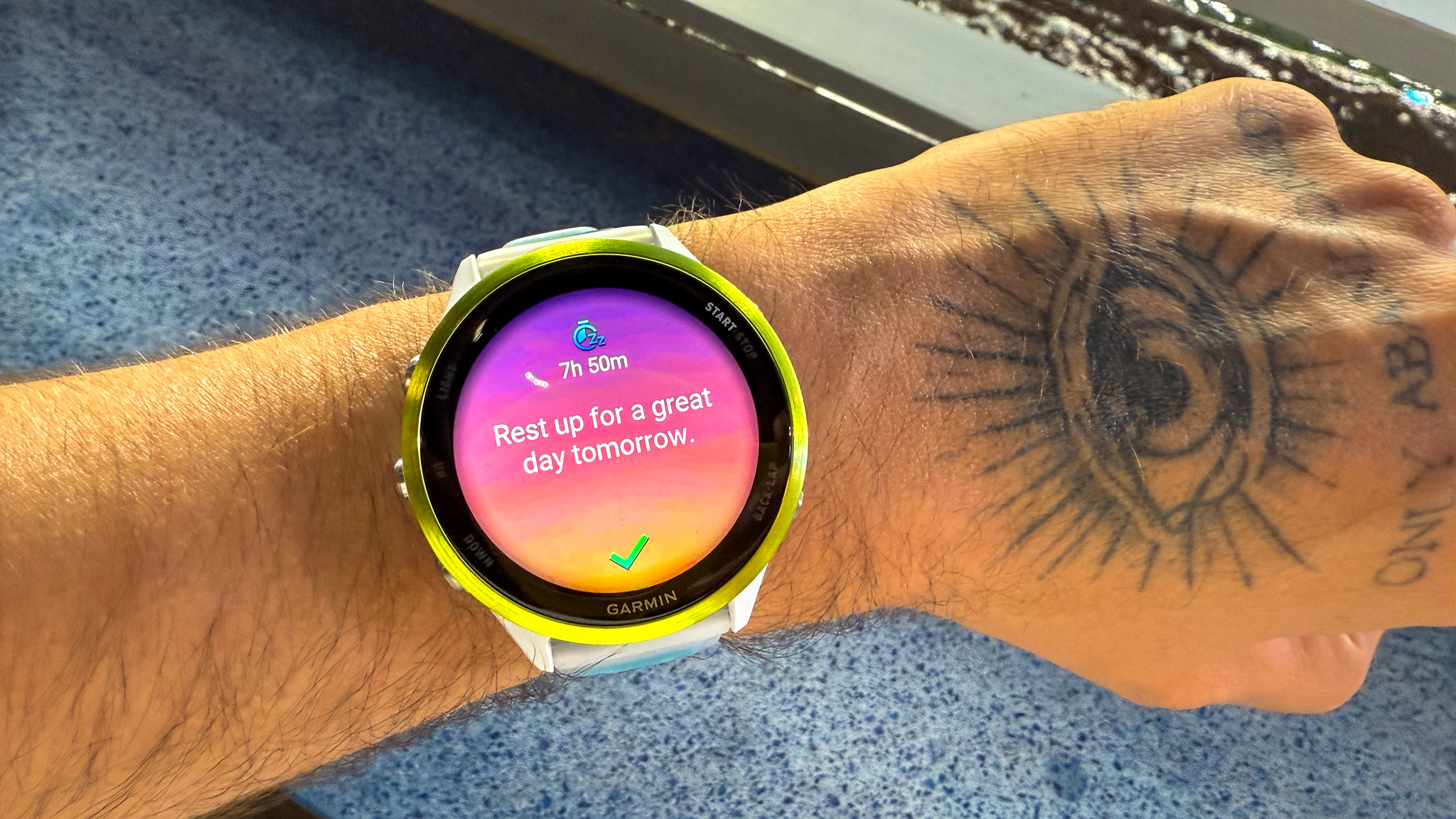
Garmin rolls out two of the most-requested new features to more smartwatches
Latest update introduces Evening Report, Rucking mode and more to Garmin wearables
By Matt Kollat Published
-

DJI may be about to shake up portable power in a big way
Leaks suggest DJI is preparing to launch upgraded Power 1000 V2 and Power 2000 units, while skipping an update to its compact Power 500
By Matt Kollat Published
-

T3 Awards 2025: all 'Getting Around' winners announced
From scooters to supercars, these are the standout rides and smart upgrades redefining how we move in 2025
By Matt Kollat Published
-
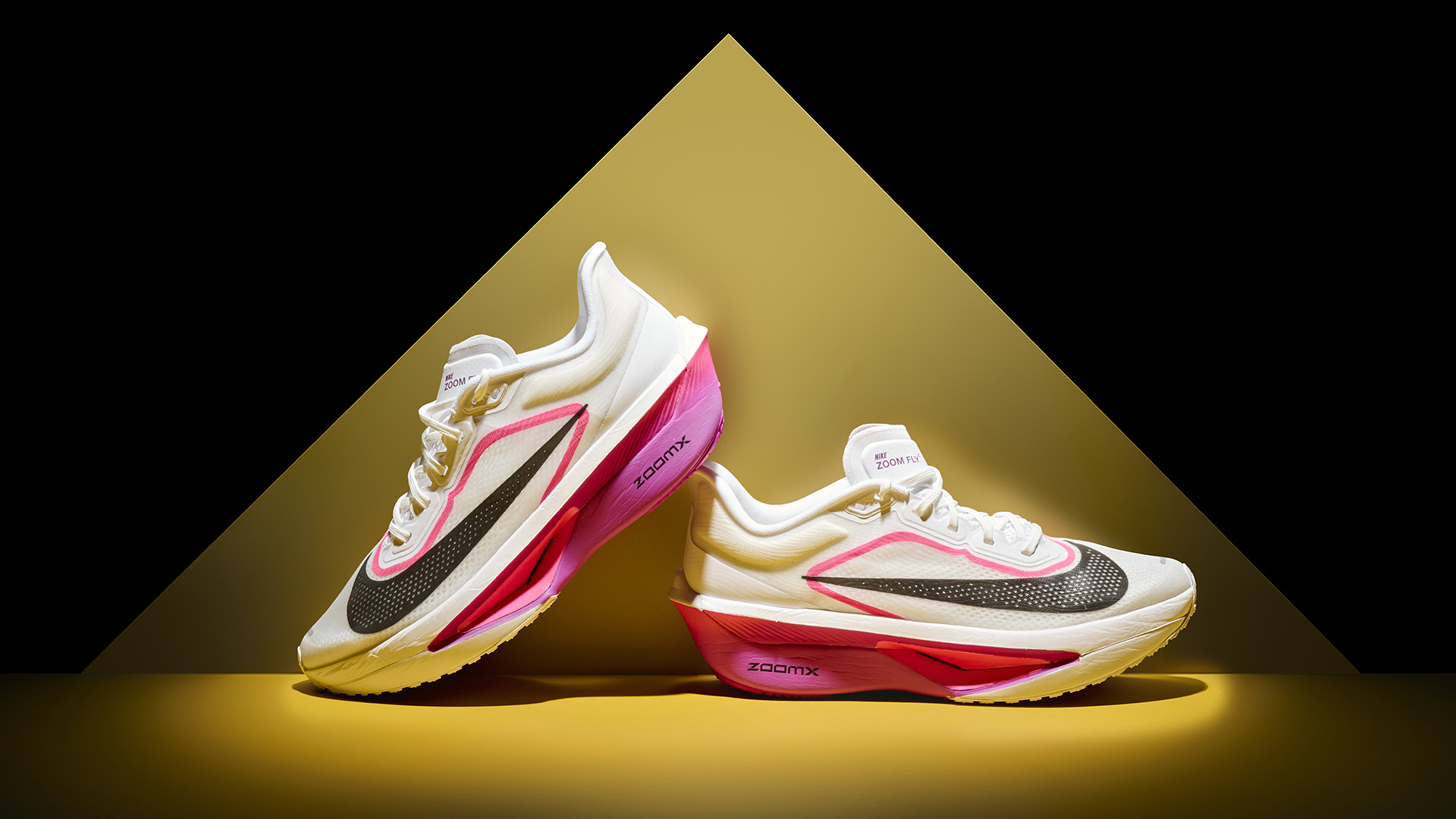
T3 Awards 2025: all Fitness winners announced
Time to meet the gear that raises the bar
By Matt Kollat Published
-
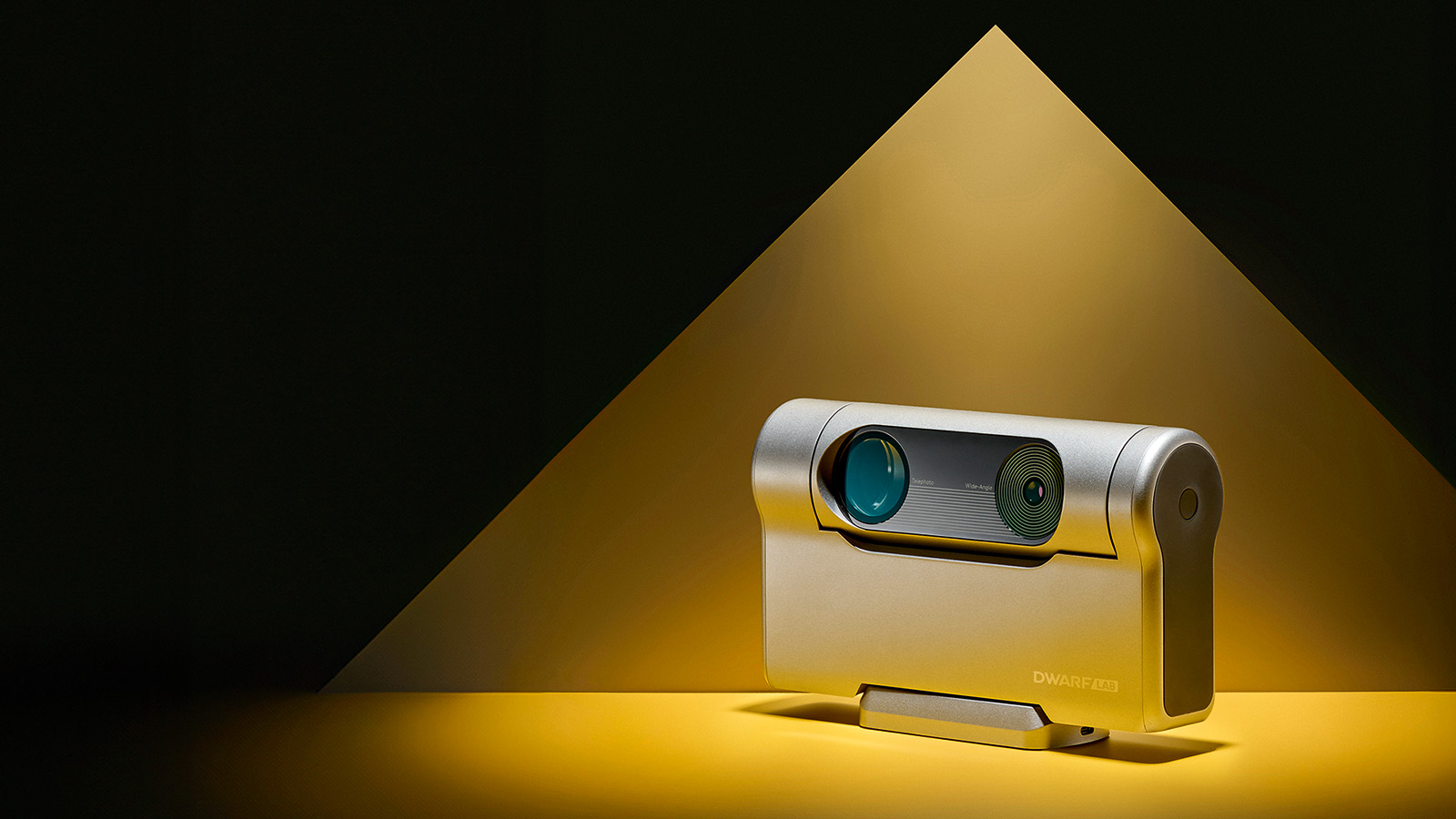
T3 Awards 2025: all Outdoor winners announced
Meet the outdoor kit we couldn’t stop using in 2025
By Matt Kollat Published
-
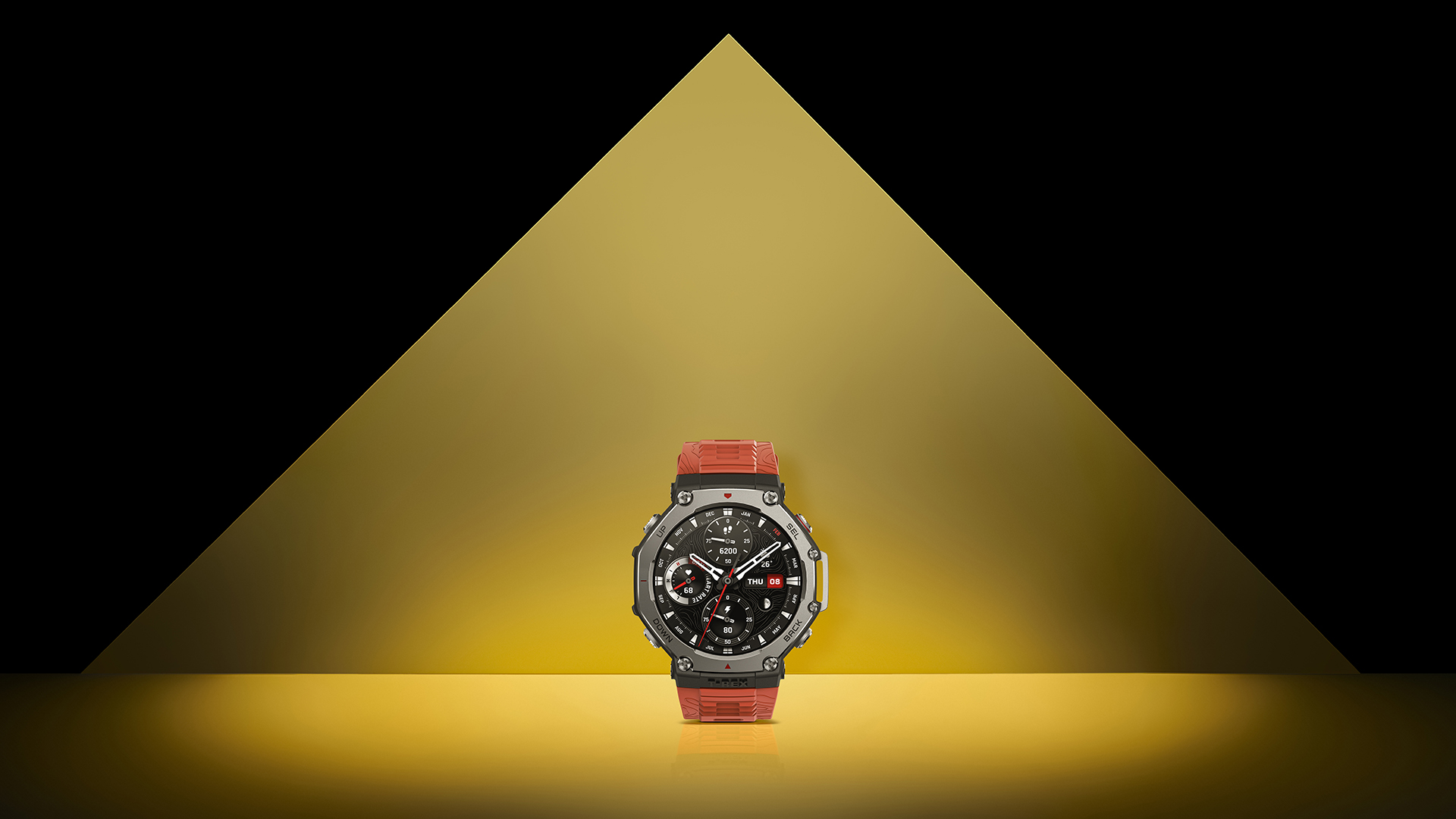
T3 Awards 2025: all Wearable winners announced
Celebrating the standout wearables that redefined health, fitness and value in 2025
By Matt Kollat Published
-
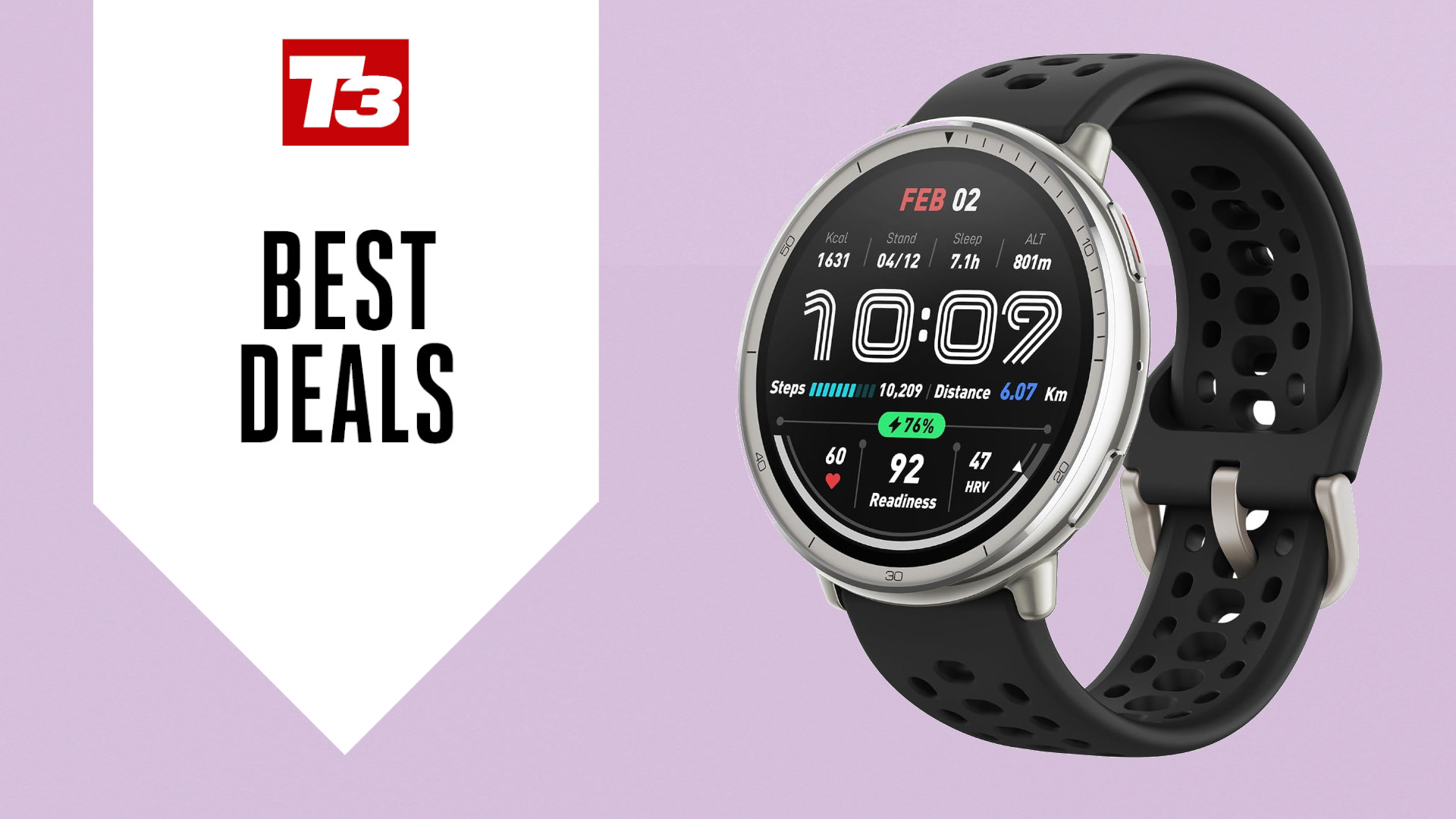
Move over Garmin – this is the early Prime Day smartwatch deal I’m buying
The Amazfit Active 2 was unveiled at CES, and now it's ridiculously cheap
By Bryony Firth-Bernard Published
-
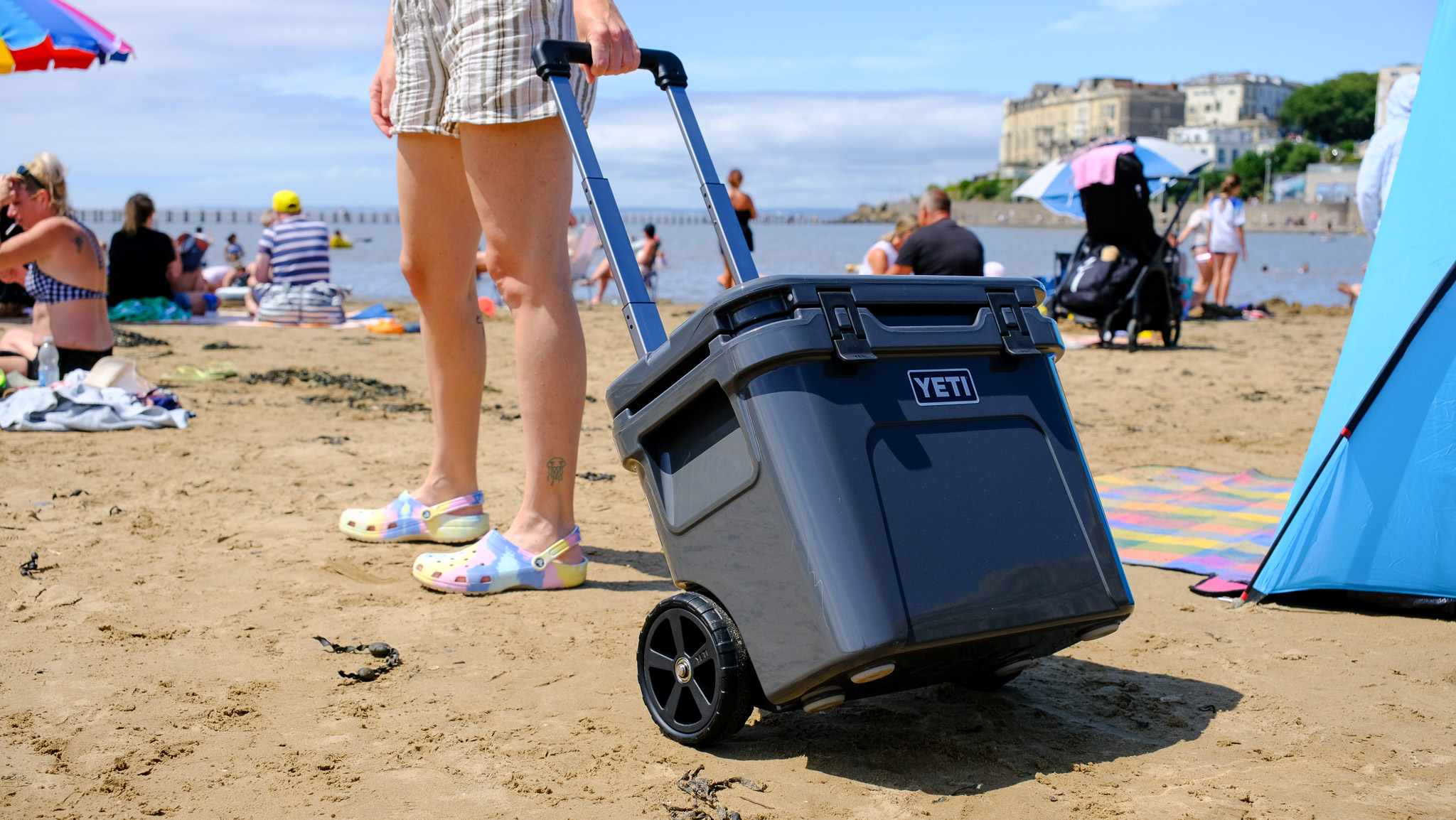
I tried the YETI Roadie 32, and it’s so good I wish I had bought it sooner
YETI's smallest wheeled cooler is built like a tank but moves like a breeze
By Matt Kollat Published
-
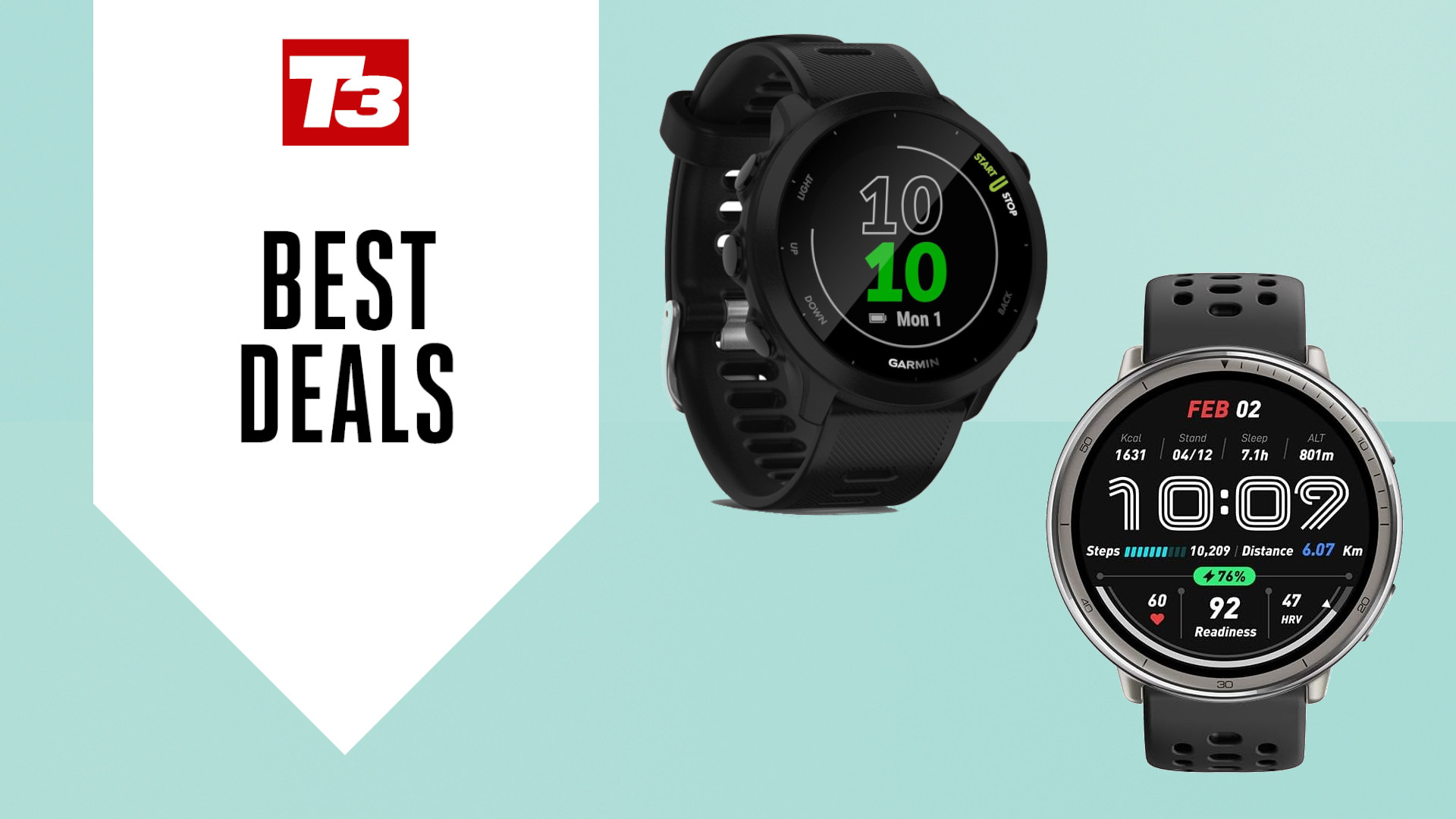
3 budget smartwatches that just got even cheaper before Prime Day
Looking for an affordable smartwatch? We’ve found them
By Bryony Firth-Bernard Published
-

I found a deal on the most underrated carbon racer – plus 12 more early Prime Day running shoe offers
Grab a cheap pair of quality running trainers before next week
By Matt Kollat Published
-

Want to strengthen your deep core muscles? A fitness expert says start with these 4 bodyweight exercises
You won’t find any crunches or planks here
By Bryony Firth-Bernard Published
-

Best weight benches 2025: elevate your home workouts to the next level
The best weight bench for home workouts, from simple flat benches to adjustable home gym platforms
By Bryony Firth-Bernard Last updated
-

Garmin HRM Pro Plus vs HRM 600 vs HRM 200: Which Garmin chest strap is best?
From budget-friendly to feature-packed, we compare Garmin’s latest chest straps
By Matt Kollat Published
-

High reps light weight vs low reps heavy weight: which is best for muscle growth?
An expert sheds some light on which reps to go for
By Bryony Firth-Bernard Published
-
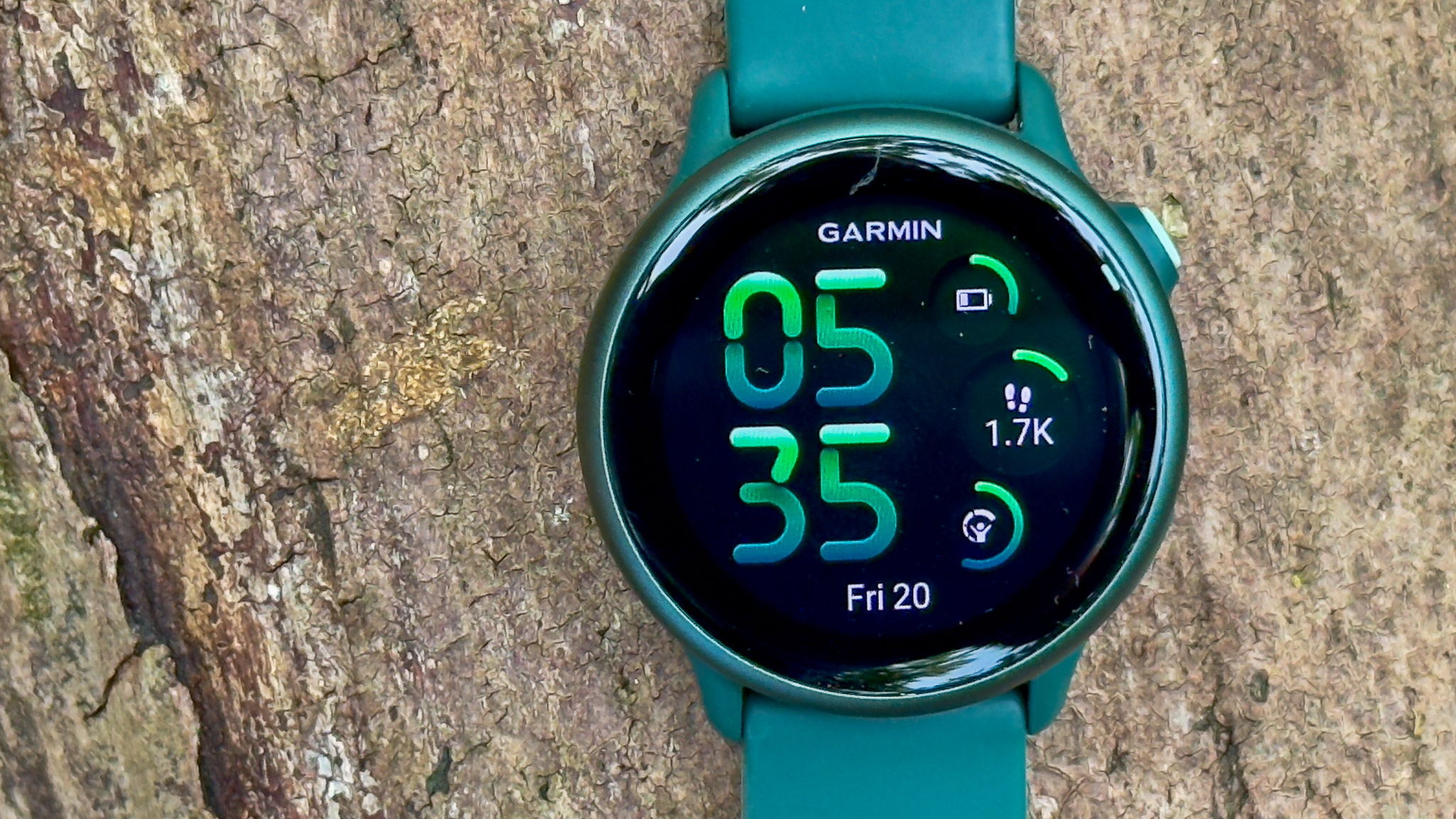
I tried Garmin’s most underrated fitness watch, and it’s not just for runners
If you’re looking for an uncomplicated but feature-packed GPS, touchscreen smartwatch with built-in fitness coaching, consider this Garmin
By Matt Ray Published
-

Hard to grow pecs? This 5-move workout delivers maximum chest growth
If you're struggling to grow your chest at the gym, this is the workout you need
By Bryony Firth-Bernard Published
-

Xiaomi Smart Band 10 turns heads with new pendant design and pro-level features
It’s stylish, it’s smart, it’s under £40, and it just became Xiaomi’s first global launch from its big Beijing showcase
By Matt Kollat Published
-

I rode the Segway Max G3 and it’s the most luxurious e-scooter I’ve ever ridden
The Max G3 is what happens when Segway builds an e-scooter like a luxury car
By Mark Knapp Published
-
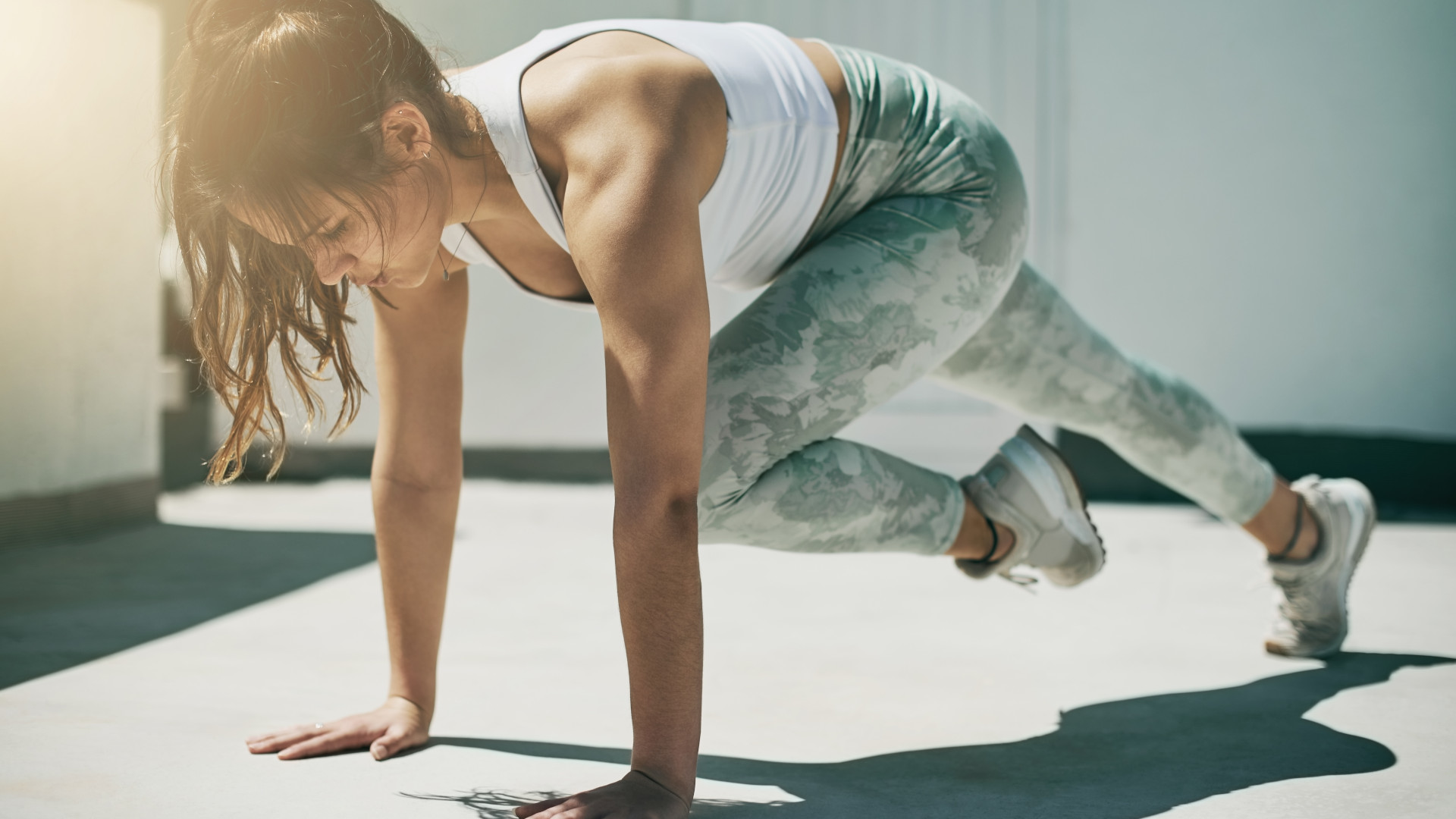
I tried Chris Hemsworth’s 320-rep core challenge and my abs will never be the same again
Warning: this quick-hit workout will leave you in a sweaty mess on the floor
By Bryony Firth-Bernard Published
-
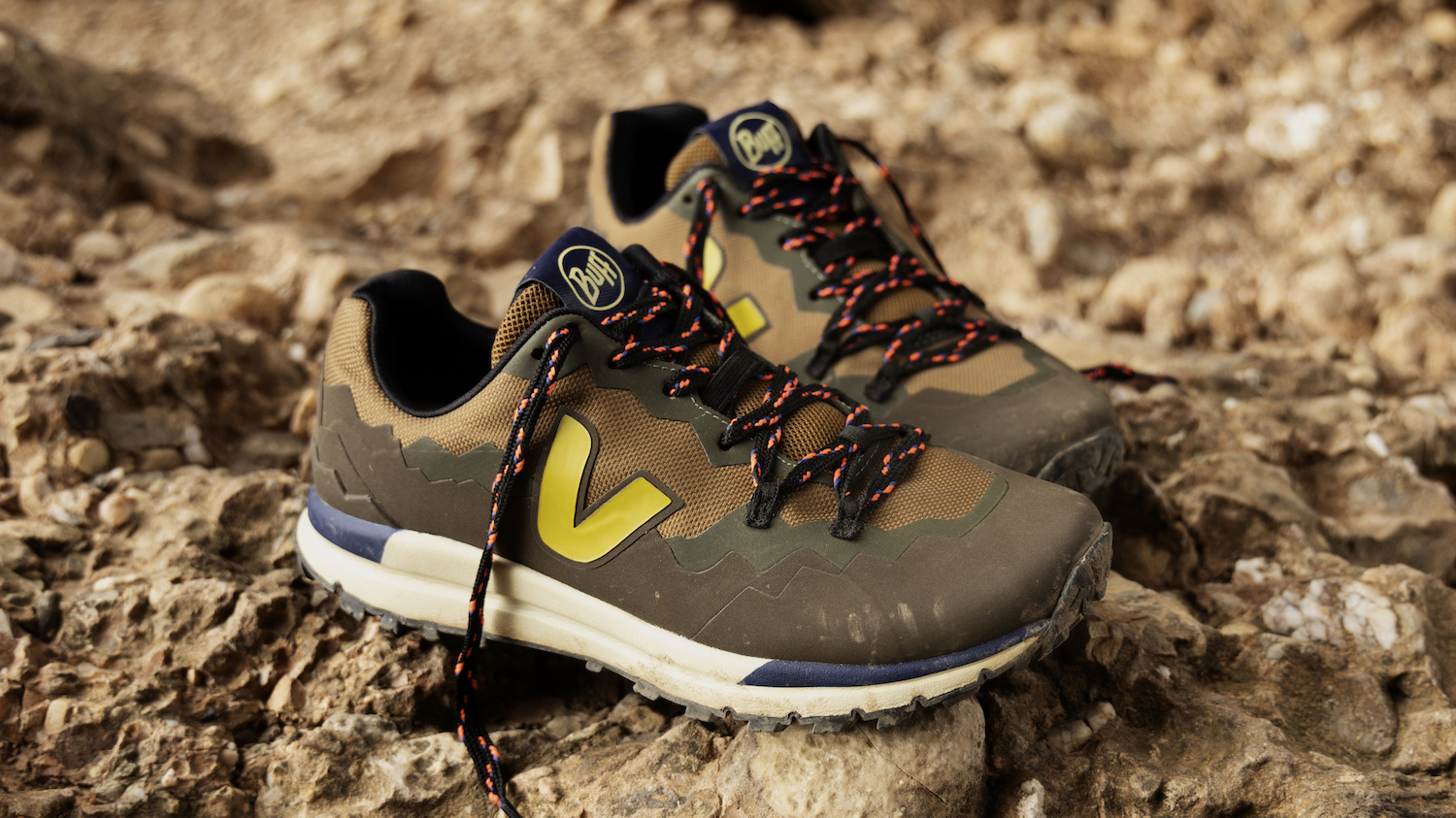
Best walking shoes for men 2025: footwear from casual strolls to adventurous treks
The best walking shoes for men combine comfort, durability, and performance for every step
By Matt Kollat Last updated
-
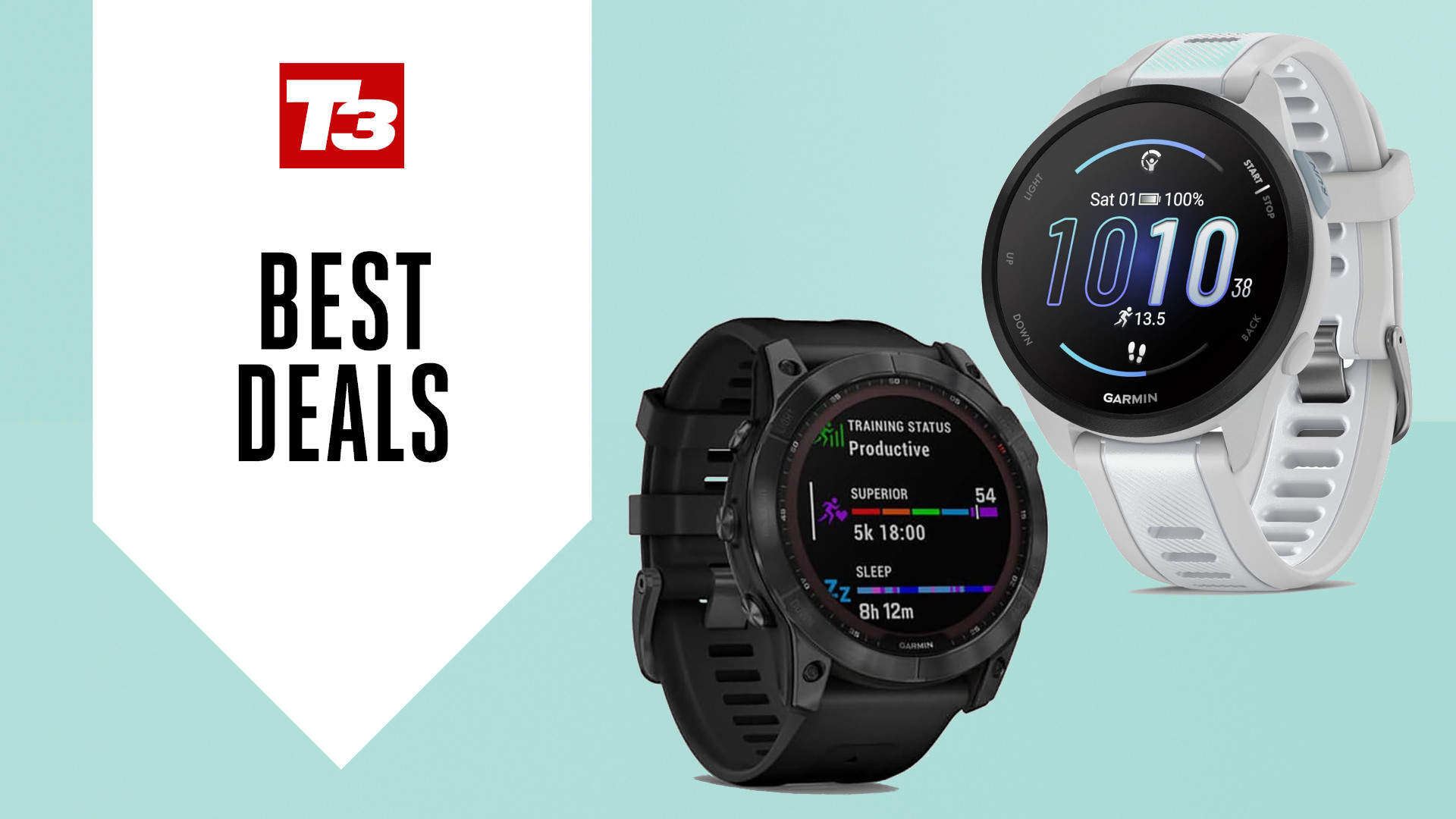
Best Prime Day Garmin deals: save big on Instincts, Forerunners and more
These Prime Day Garmin deals are too good to miss
By Bryony Firth-Bernard Published
-

Best backpacking tents 2025: lightweight shelters for adventurous explorers
The best backpacking tents for fast, lightweight and comfortable adventuring in any season
By Matt Kollat Last updated
-

Best cool box for camping 2025: keep your food and drinks cool and fresh
Browse the best cool boxes, cool bags and electric coolers for camping, festivals, picnics and balmy days at the beach
By Matt Kollat Last updated
-

Best electric bike 2025: elevate your ride with eco-friendly efficiency
Discover the best electric bikes that combine style, speed, and sustainability, offering a fun and efficient way to commute, explore, and conquer any terrain
By Matt Kollat Last updated
-

Forget Prime Day – NordicTrack’s fastest treadmill has had a mega price cut
This puts any early Prime discounts to shame
By Bryony Firth-Bernard Published
-

Garmin Instinct 3 AMOLED just dropped to its lowest price yet – even cheaper than Amazon!
Tough, smart, and seriously good-looking, now with money off
By Matt Kollat Published
-
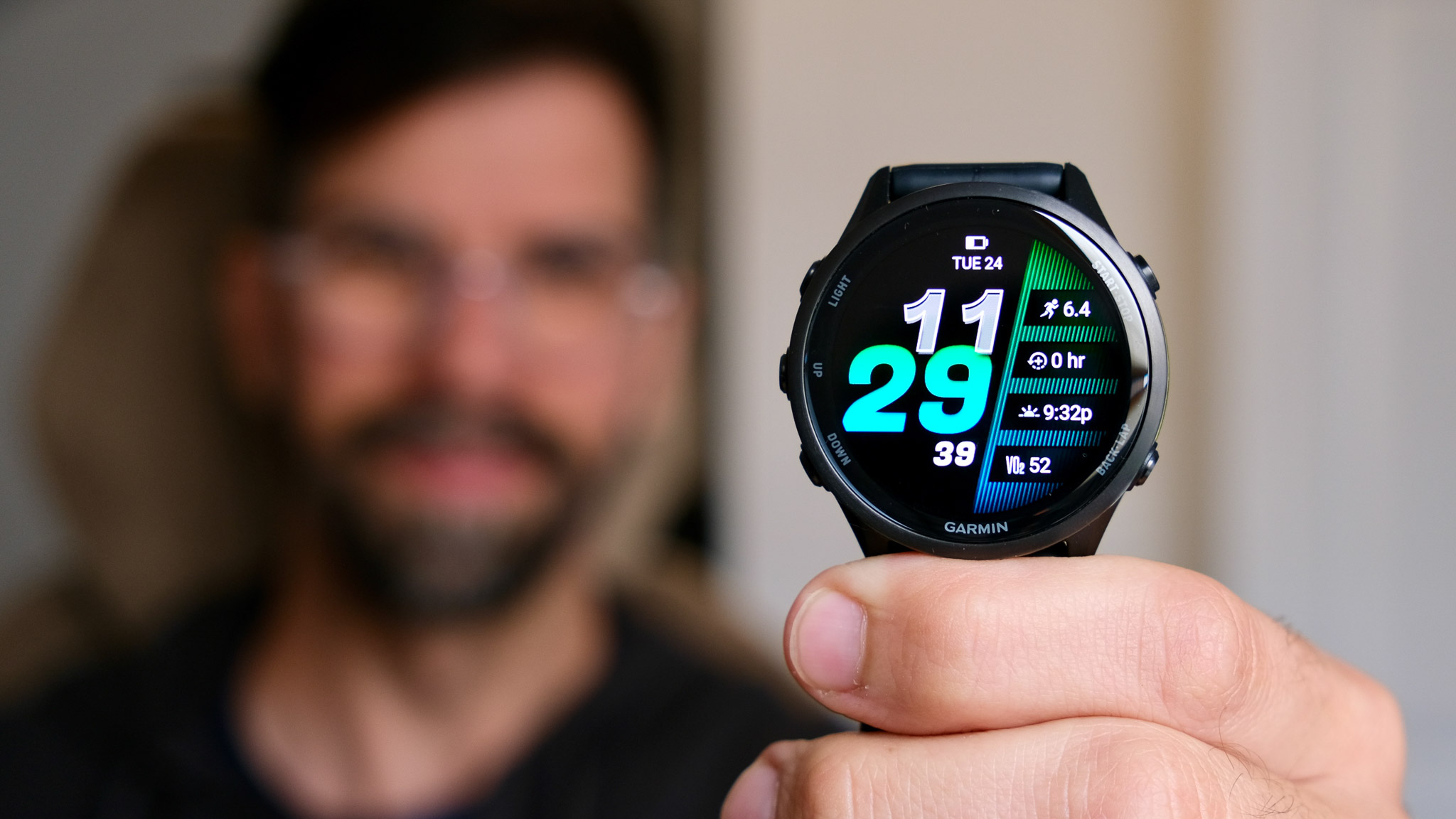
I tested the Garmin Forerunner 970, and here’s why I’m still recommending the 965
Garmin’s latest triathlon watch is packed with pro features, but only serious athletes will get the most out of it
By Matt Kollat Published
-
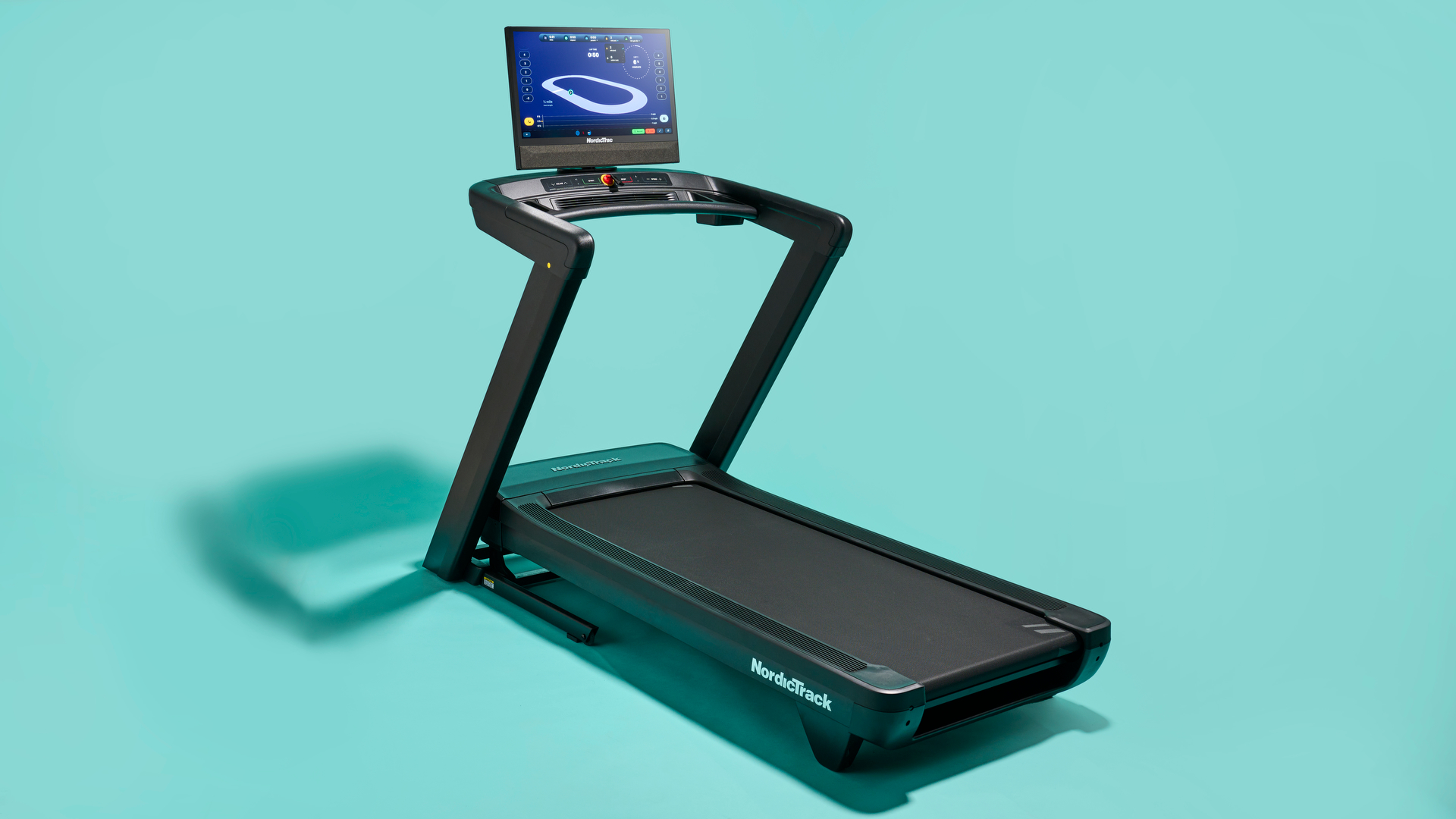
NordicTrack Commercial 2450 review: Running feels like a treat, not a chore
NordicTrack's fastest treadmill is a joy to run on thanks to its extensive iFit workout library and solid construction
By Bryony Firth-Bernard Published
